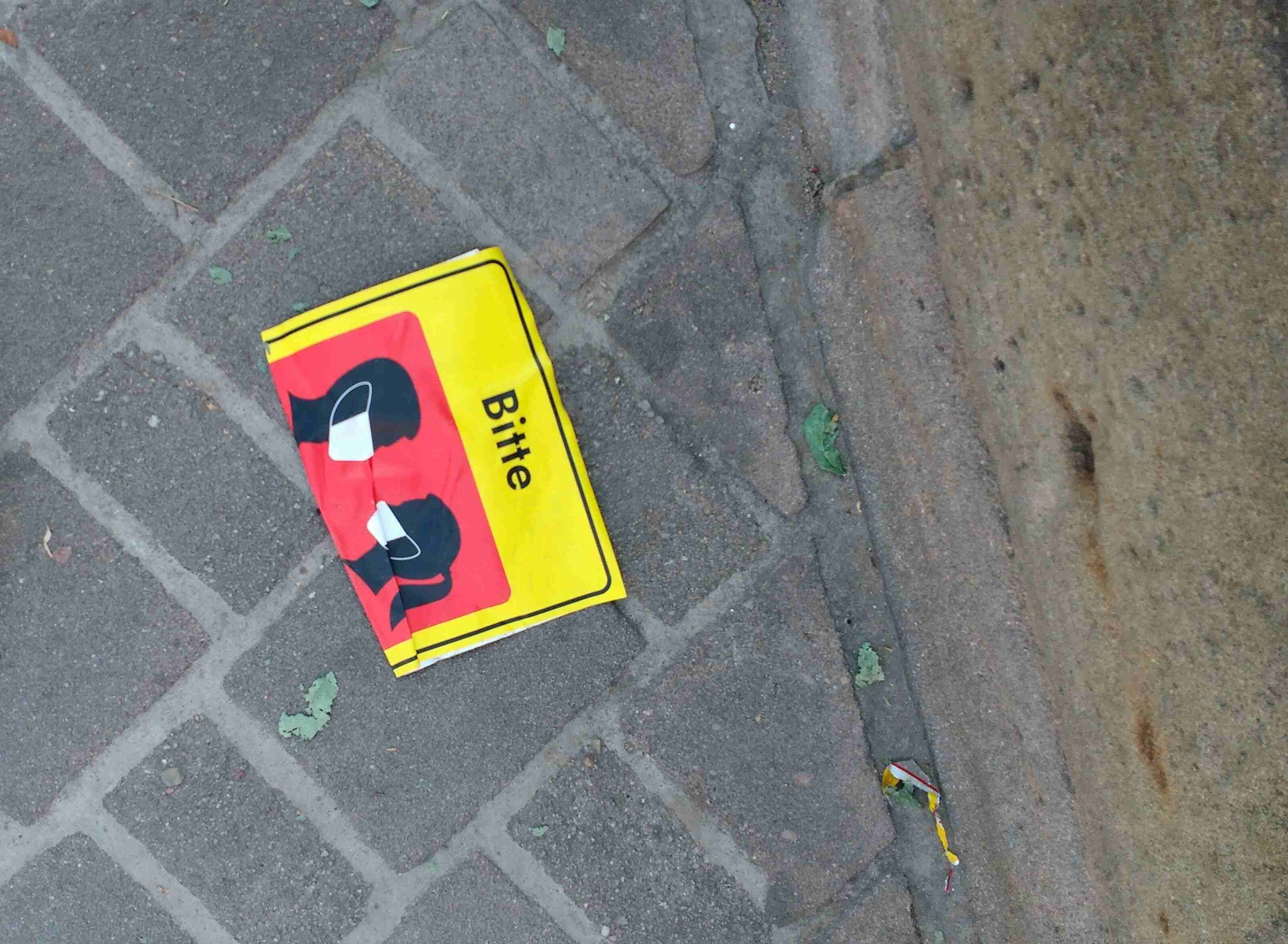From Hungary to Germany: travelling during a pandemic

Even though mask signs and hand sanitisers are found everywhere in larger cities, the southern German state of Bavaria still experienced a lively summer with a decent number of tourists enjoying themselves in the open-air areas.
With over 245,000 registered cases and rising, Germany is a major hotspot of the COVID-19 pandemic in Europe. According to the Hungarian government’s Consular Service website, the most hard-hit states are North Rhine-Westphalia, Bavaria, and Baden-Württemberg. Based on a trip taken at the end of August to two Bavarian cities, Bamberg and Nuremberg, here are some impressions on how the southern German state seems to be handling the current pandemic.
Travelling there
Similarly to Hungary, Germany has its own classification of countries based on their safety. Besides, each state has its own regulations in force, which visitors are strongly advised to check before travelling to a specific area. Hungary is currently classified as a safe country, and so there were no complications during our inbound travel.
When travelling by bus, train, or car, passengers also need to keep an eye on the regulations in Austria, the country situated between the two. Based on another travel experience from this summer, border crossings could have been affected by passengers who had visited a risk area shortly before their travel, but we had no such case this time.
Travelling back to Hungary went smoothly as well. The only remarkable difference was the increased number of (Hungarian) passengers, but considering the Hungarian government’s latest measure to shut down the borders from 1 September (we were two days away from that), it did not come as a surprise to anyone.

Tourism
Regardless of how hardly the tourism was hit by the current pandemic, it did not come to a complete halt in Germany, either – even though most tourists I saw or heard were German-speaking. Museums and other sights of interest were open with all the necessary measures: limits on the number of visitors, combined with the obligatory mask wearing and hand sanitising.
At certain cafés and restaurants, visitors might be asked to provide some personal information with regards to their stay in Germany.
The hostel I stayed at gave me a more realistic picture about international tourism: in the 8-bed female bedroom I booked, I only had one roommate, and she was a German resident. I saw a few more foreigners in the common room during breakfast (which is normally a buffet but this time was just a weird situation where I had to point at the sealed food next to the receptionist to indicate what I want to eat), but all in all, the otherwise nice and cosy hostel seemed very deserted.
Everyday life
Just like in Hungary, wearing a mask is obligatory in all closed public areas in Germany, although here special attention is paid to ensure people are doing it properly: shop assistants do not hesitate to warn you if your mask is not covering your nose, for example. Most small shops limit the number of customers that can be present at a time – I have seen examples where customers above the limit were asked to leave the shop. Not so surprisingly, this policy resulted in queues in front of some of these places.

Photo: Barbara Simon
Life in the outdoors, on the other hand, has not changed radically. On the contrary: probably in an attempt to limit crowds in closed areas, I saw a remarkable number of “to-go” places where people could get drinks and consume them somewhere in the vicinity. Streets, terraces, and parks were just as flooded by people as on any regular (non-2020) summer day. The old town of Nuremberg, for example, was filled with carousels and large shooting galleries that not only limited the space in the otherwise ample square but also attracted lots of people of all ages.
Since I visited two cities during my trip, I also used some public transport. Mask signs should come as no surprise at this point, although patrolling police officers might do. I have learned that Bavaria was among the first states to introduce restrictive measures, and this is also the state with one of the highest fines in case of non-conformance: those who do not wear a mask in public areas could be fined for as much as EUR 250, as I also happened to hear from a police officer reminding a passenger of the rules in effect.
It is a huge plus that bathrooms at train stations and in most other places were exceptionally clean, and I must also add that visitors (including me) were not only reminded of the rules by the obligatory signs, but by the German people as well, to make sure we keep each other safe as much as possible.
Source: konzuliszolgalat.kormany.hu, auswaertiges-amt.de





